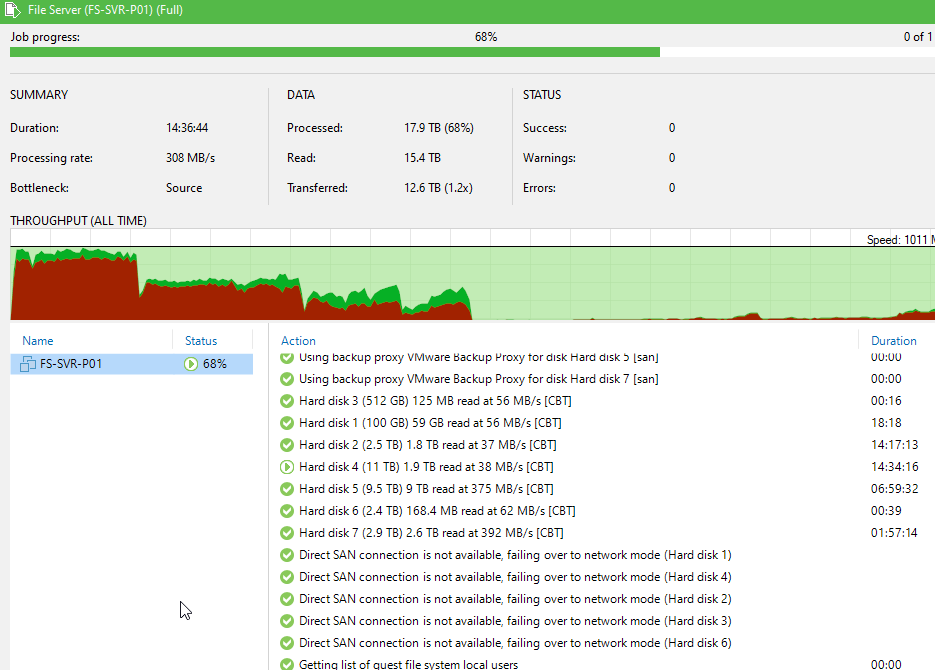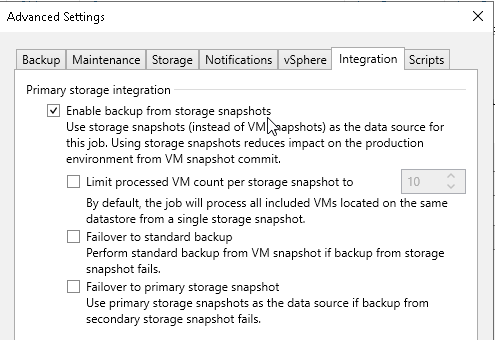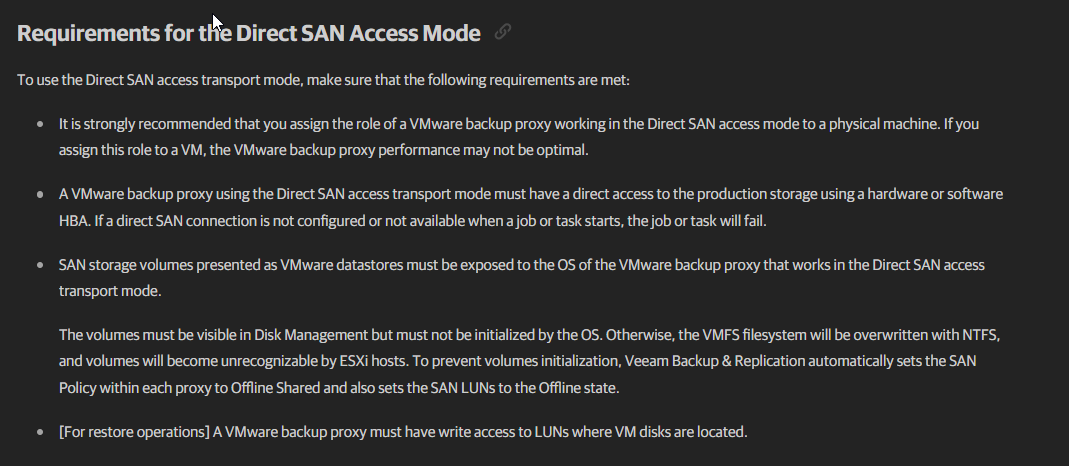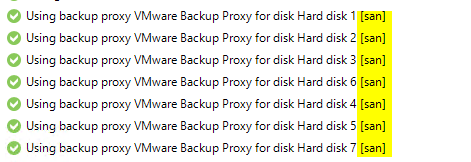Hey VEEA-ers,
I finally got VEEAM installed and running and configured and I am starting to kick off jobs, but my speeds are slow (100mbps) or when writing
I have a full 10gb backbone and a dedicated NIMBLE specifically for my VEEAM data and I have a physical server with 4x 10gb NICs on it (2 for management and 2 for data)
any ideas as to why it could be slow? I am doing some troubleshooting, but was curious if anyone had any thoughts before I went down a rabbit hole
thanks guys
Best answer by coolsport00
View original










